India is a land of varying climates and regions comprising various seasonal fruits. It ranges from the sour rush of summer mangoes to the crunch of sweetness of apples in winter. The natural goodness of vitamins, minerals, and antioxidants will feed your taste buds and body. Seasonal eating follows the beat of nature and offers us what we need exactly when we need it.
In this blog, we will learn about the seasonal fruits of India, the advantages of consuming seasonal foods, and how to include them in your diet. Therefore, This guide is useful to anybody in different categories, including health-conscious people, people who love trying new foods, and fruit lovers. Moving to the seasons now, let us come across India’s fruity novelties and discover what is better and tastier to eat in India.
The Importance of Seasonal Eating Fruits

Eating fruits at their natural time ensures good taste, proper nutrition, and affordability. Seasonal fruits are fresher and do not require a long storage time or artificial ripening methods. Nature has cleverly aligned the nutrients in the seasonal fruits with the body’s requirements at different times of the year. For example, summer fruits like watermelon and mango keep the body hydrated and cool during hot seasons, while vitamin C-rich fruits like oranges and guava in winter aid the immune system. Eating seasonal vegetables also helps local farmers reduce the environmental effects of transporting fruits out of the season. Seasonal eating thus results in a better connection with nature and sustainable living.
Spring Fruits in India: A Time for Renewal
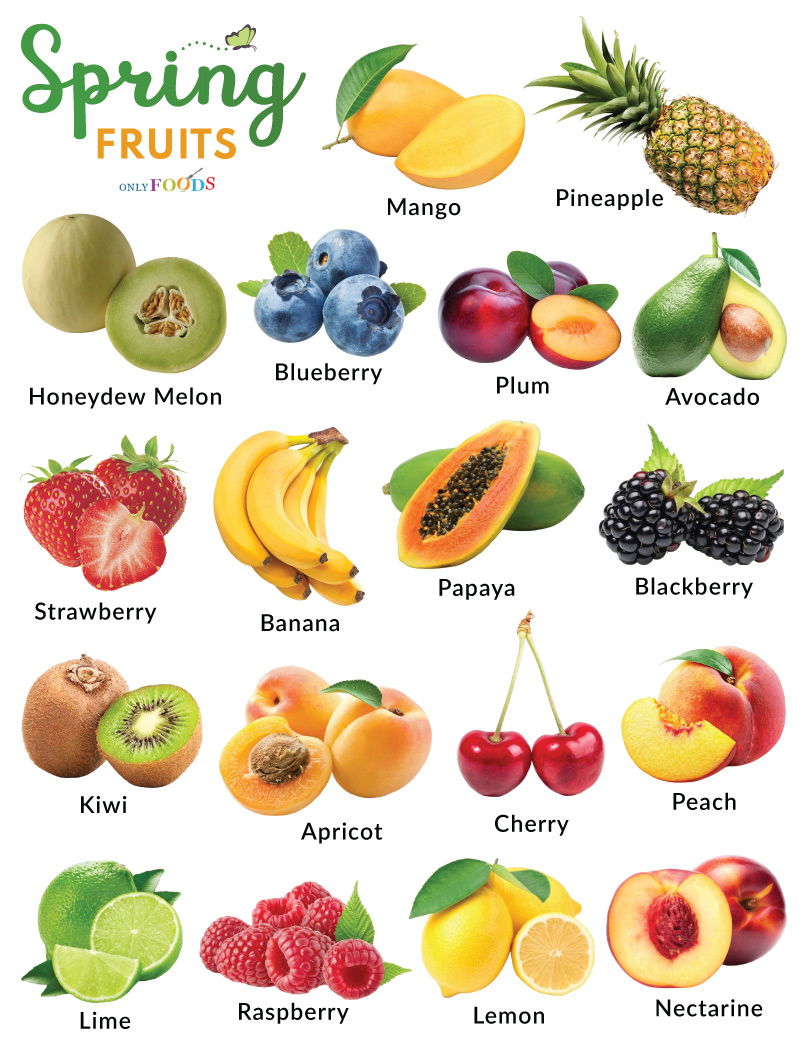
Spring is when India comes out of winter and the onset of warm days. It’s a time of renewal, with fruits like strawberries, mulberries, and jamuns enjoying this season. Strawberries from Himachal Pradesh and Maharashtra offer a sweet and tangy delight, rich in antioxidants and vitamin C. Mulberries have a unique flavor that improves digestion and promotes blood circulation. The Jamuns are dark purple colored. They are low in calories and excellent for managing the blood sugar levels. All these fruits help rejuvenate your body so that it is ready for the summer heat that begins to rise. Spring fruits taste like life and health.
Summer Fruits: A Splash of Refreshment
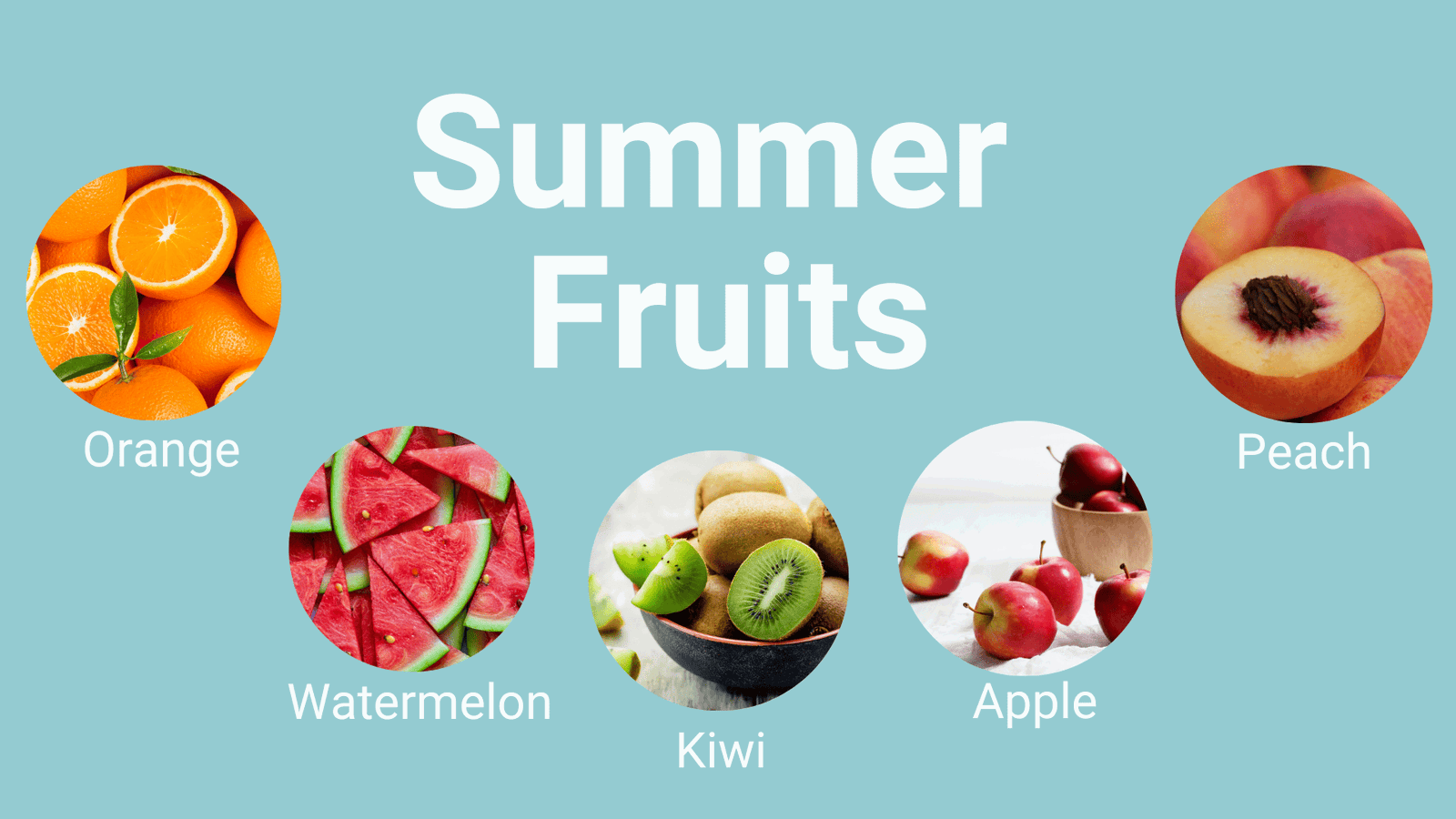
An array of refreshing fruits characterizes Indian summers. Mangoes are often termed the “king of fruits,” with varieties like Alphonso, Dasheri, and Langra offering unparalleled sweetness. Watermelons and musk melons prevent dehydration, while lychees from Bihar provide a juicy tropical treat. Other summer fruits include papayas and pineapples, which are rich in digestive enzymes. These fruits besides hydrating, provide valuable vitamins that are necessary- A and C. It’s a summer treat with great-looking juices to satisfy your taste and freshen the body, making their place a must for Indians when their hot summers start.
Monsoon Fruits: Nature’s Comfort in the Rain
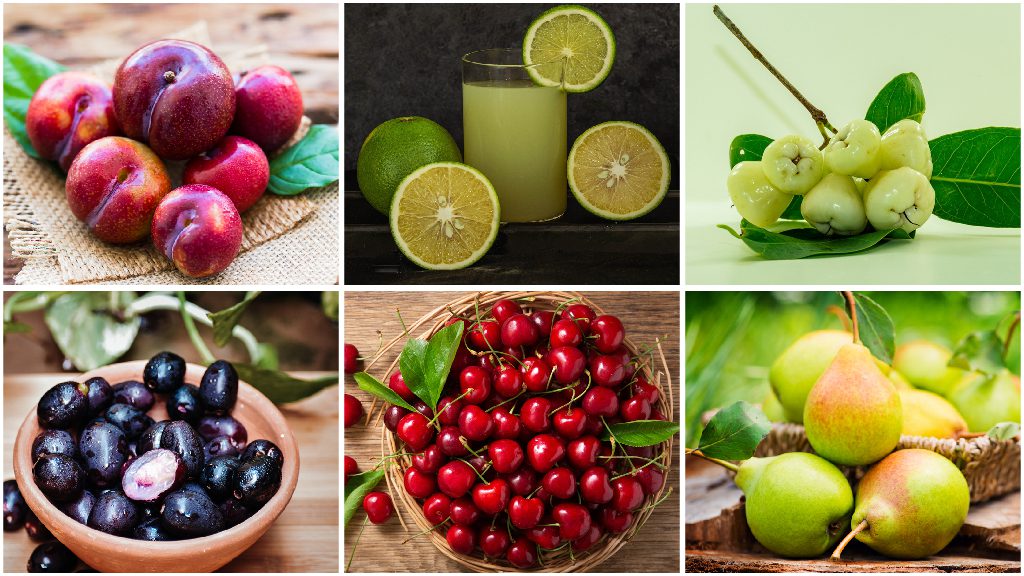
Monsoons herald cool showers in India bringing a line-up of restorative fruits with some comforting the summer left ones also such as Jamun and Litchis while fruits of the Plums, Peach and cherries arrive. These fruits, rich in vitamins and antioxidants, help fortify the immune system against seasonal infections. Monsoon fruits are hydrating and light, which ensures easy digestion when humidity affects the stomach. Plums and cherries make great snacks or desserts, while peaches can be blended into smoothies. The rainy season is a time to enjoy fruits that bring warmth and vibrancy, celebrating the freshness of India’s monsoon harvest.
Fruits in Autumn season in India: Cooler Days Have Arrived
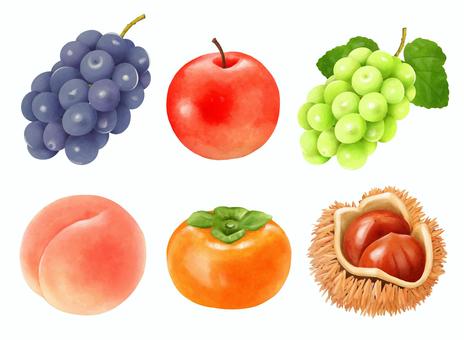
In autumn, India shifts from the monsoon to winter. This season brings out the flavor and taste of pomegranates, custard apples, and guavas. Pomegranates are full of ruby-red seeds that offer good heart health and antioxidants. Custard apples are creamy in texture and sweet, favorite at many places, and rich in vitamin C. Guavas are eaten with salt and chili powder sprinkled over them. The guavas are full of fiber and immunity-boosting nutrients. These fruits enable the body to adjust to changing weather conditions while satisfying seasonal cravings. Autumn fruits are a nice precursor to the richer produce of winter.
Also Read: Advantages & Disadvantages of Acidity Regulator (INS 330) | Uses
Winter Seasonal Fruits
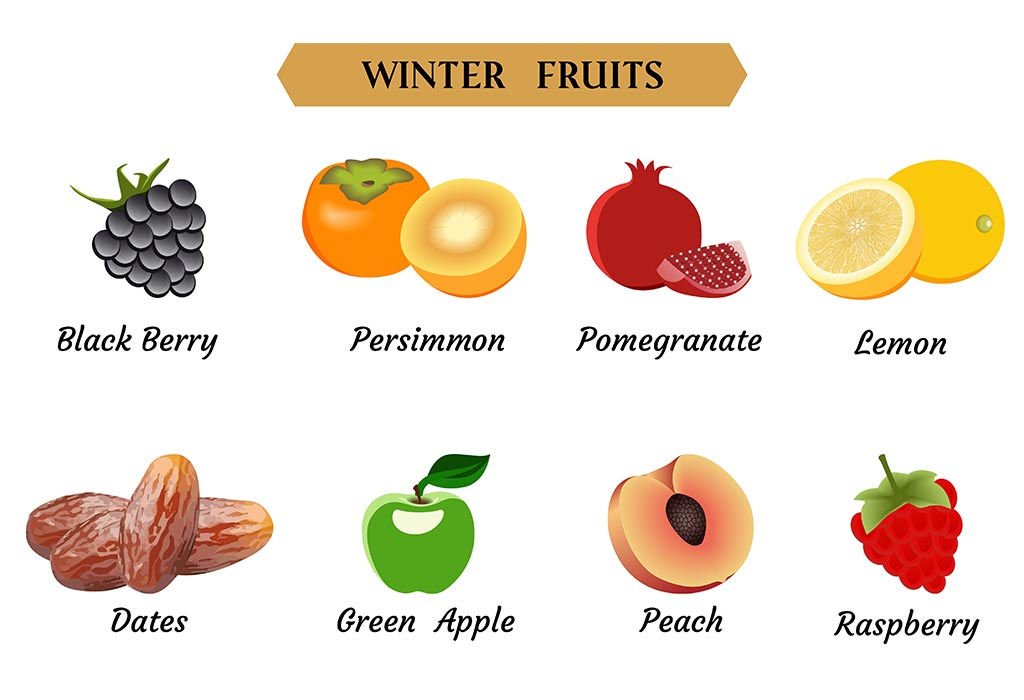
Winters in India are a sumptuous season of colorful fruits like oranges, apples, kiwis, and grapes. Narsinghpur oranges contain this essential vitamin C, which could prevent colds. And Himachal Pradesh brings juicy sweetness and fiber from those apples. Kiwi takes the tangy, out-of-the-world taste and the immune booster power. Grapes are grown in green, red, and black colors, ideal for snacking and juicing. These fruits strengthen the immune system and add color and zest to the colder months. Winter celebrates health and flavor as if nature could show better.
Also Read: Top 10 Best Yogurt Brands In India | Prices
Tips on Storing and Enjoying Seasonal Fruits
Seasonal fruits can maintain freshness and nutrients when properly stored. Refrigerate apples, grapes, or berries, while mangoes and bananas need to be kept at room temperature to ripen perfectly. Wash the fruits entirely clean of dirt or pesticide content before consumption. It may start with adding fruits to your salad, smoothies, or desserts. Experiment with traditional Indian recipes like aamras during summer or guava chutney during autumn. Avoid overstocking; shop in smaller quantities so fruits are enjoyed at their best, stored correctly, and consumed wisely to maximize their taste and health benefits.
Role of Seasonal Fruits in Ayurveda
Ayurveda is India’s ancient system of medicine that follows the concept of eating according to the seasons for optimal health. There are three doshas- Vata, Pitta, and Kapha. Seasonal fruits are categorized under all three doshas in a body, which balances the body’s energies. Summer fruits such as mangoes and watermelon cool the body and thus pacify Pitta dosha. Oranges, guavas, etc, balance Kapha during winter. The doshas of Jamun and custard apples help balance Vata during transitional seasons. Ayurveda further adds that one must eat fruits fresh and in limited quantities to harness their prana or life force. Using seasonal fruits ensures that your body is synchronized with nature’s cycles.
Regional Specialties: Specific Fruits of India
India’s varied geographies bring forth unique fruits that are celebrated locally. Alphonso mangoes from Maharashtra, Nagpur oranges, and Kashmir apples are household names. In the Northeast, there are exotic fruits like passion fruit and pomelo; in Kerala, jackfruit is the state fruit. The coastal regions feature tender coconuts yearly to hydrate and replete essential electrolytes. Cherries and strawberries are seasonal treats in Himachal Pradesh, but when it is summertime in Tamil Nadu, Tamil Nadu’s nungu (ice apple) refreshes thirst. Regional fruits also allow you to experience India’s varied landscapes with their rich flavors in terms of local farmers who traditionally plant them.
Nutritional Gains of Seasonal Fruits

Seasonal fruits are nature’s superfoods, providing peak nutrition as per the body’s needs during specific seasons. Summer fruits, such as melons, hydrate and replenish electrolytes. Winter fruits, for example, include oranges and kiwis, which provide immunity-boosting vitamin C. Autumn brings fruits such as guavas and custard apples, which are rich in dietary fiber to aid digestion.
Spring fruits that include strawberries and jamun contain antioxidants, detoxifying and rejuvenating the body. Other seasonal fruits are also preserved without extensive chemical treatments, primarily used to preserve out-of-season produce. By giving attention to seasonal fruits, optimizing health and enjoying food at the freshest and most nutrient-rich state is possible.
Identify Fresh Seasonal Fruits in the Market. How to do it.
Fresh seasonal fruits will ensure maximum taste and nutrition. Look for vibrant colors and firm textures; for example, a ripe mango has a sweet aroma and a slight give when pressed. Avoid fruits with blemishes, bruises, or overly shiny skin, which can indicate chemical treatments. Seasonal fruits are usually cheaper and more available in peak season, so shopping at local farmers’ markets can help you identify what’s in season. Pay attention to local availability; fruits like custard apples in autumn and strawberries in spring are fresher if sourced locally. A developing eye for freshness heightens your seasonal fruit experience.
The Environmental Impact of Eating Seasonal Fruits
Consuming seasonal fruits means reducing your carbon footprint. Because off-season fruits need loads of energy to store and artificially ripen or transport a long distance, carbon is emitted. Seasonal fruits are more locally grown and do not require such interventions, so they are ecologically friendly. Buying fruits from local farmers and the markets further reduces the influx of imported fruits, saving natural resources. Seasonal eating also fosters sustainable agriculture because fruits can grow on their natural cycles. Choosing fruits in season contributes to a healthier planet, aligning your diet with environmental stewardship and reducing waste.
Preserving Seasonal Fruits: Jams, Pickles and More
Preserving seasonal fruits is the oldest tradition of Indian families, ensuring that the flavors from these fruits can be used throughout the year. Most mangoes become tangy pickles or sweet aam papad, while strawberries and plums are great for jams. Guavas and apples are cooked into sauces, and fruits like apricots and figs are dried and given as healthy snacks.
This reduction in food waste also saves nutrients. There is a more modern method of freezing or canning fruits in their season to extend usability. Adopting preservation lets you indulge in the flavor of seasonal fruits beyond their natural time frame.
Integrating Seasonal Fruits in Cultural Celebrations
Seasonal fruits often play the center of India’s cultural and festive traditions. Summer sees mangoes used for religious offerings and festive dishes such as aamras and kulfi. During the winter months, when Makar Sankranti falls, til-gud ladoos are enjoyed along with guavas or oranges. When Holi is celebrated in springtime, strawberries create refreshing desserts and drinks.
Fruits have been more than just a basic diet in Indian customs as they symbolize abundance, purity, and joy. Adding seasonal fruits to the celebrations increases their importance while focusing on health. These traditions exemplify the harmony between natural cycles and cultural practices where life’s simple pleasures are celebrated.
Conclusion
Indian seasonal fruits are not just something we eat but are a symbol of the richness of biodiversity and culture in this country. By dieting by nature’s calendar, we enjoy more flavorsome fruits, healthy life support, and an environment. There is a time for each fruit, from the sweetness of mangoes during summer to oranges during winter, which gives us an immune boost. It’s a very significant relationship to be built between people and their surroundings. The next time you reach for a fruit, make it one in season—a small step towards healthier, more flavorful living.


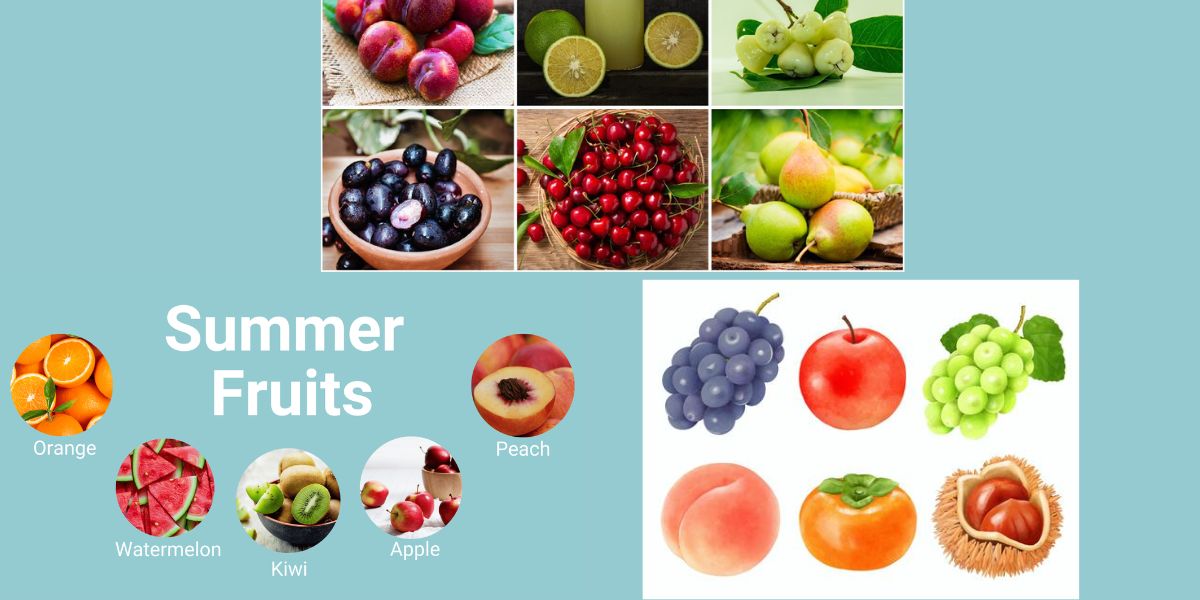









Add Comment